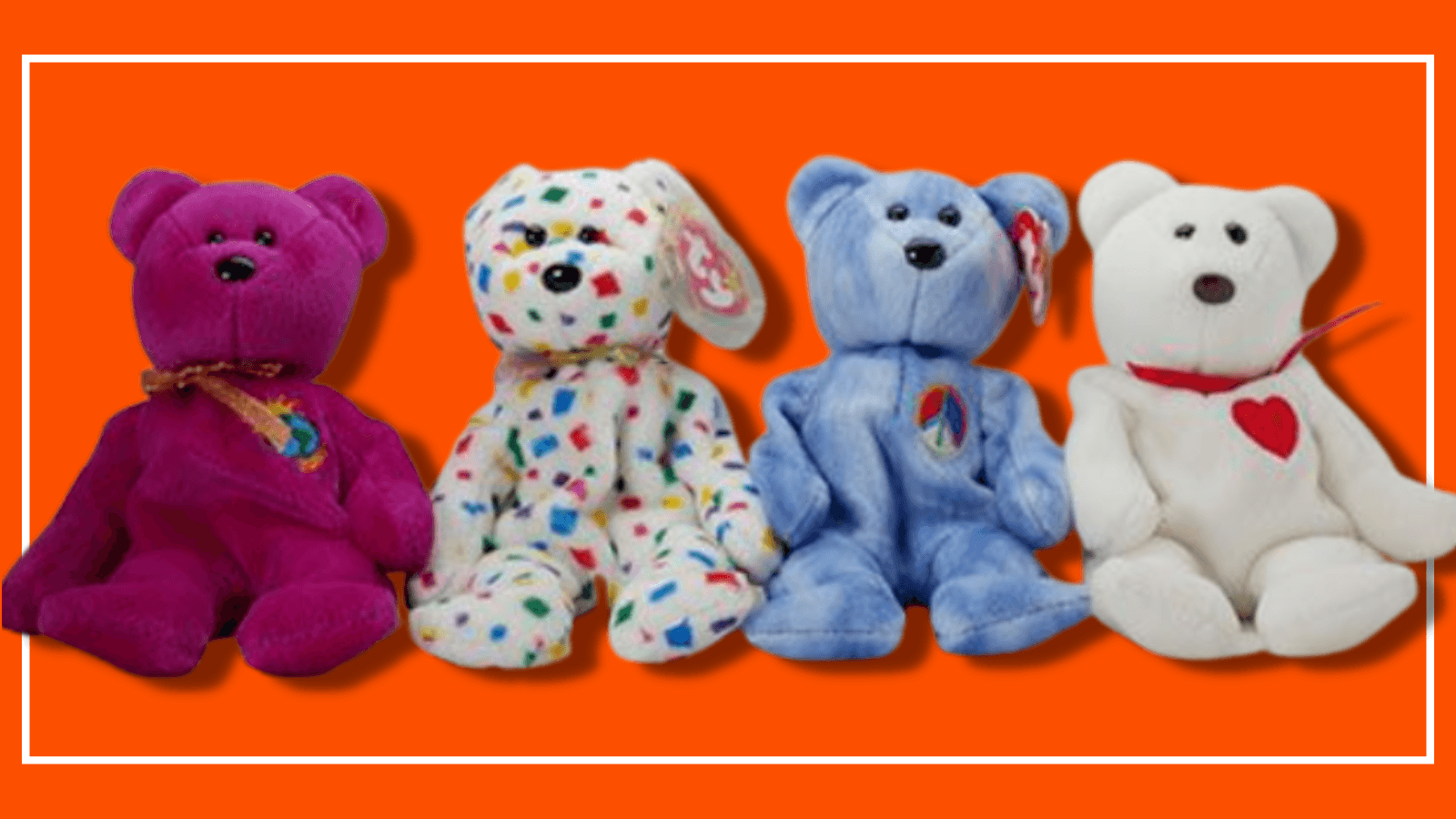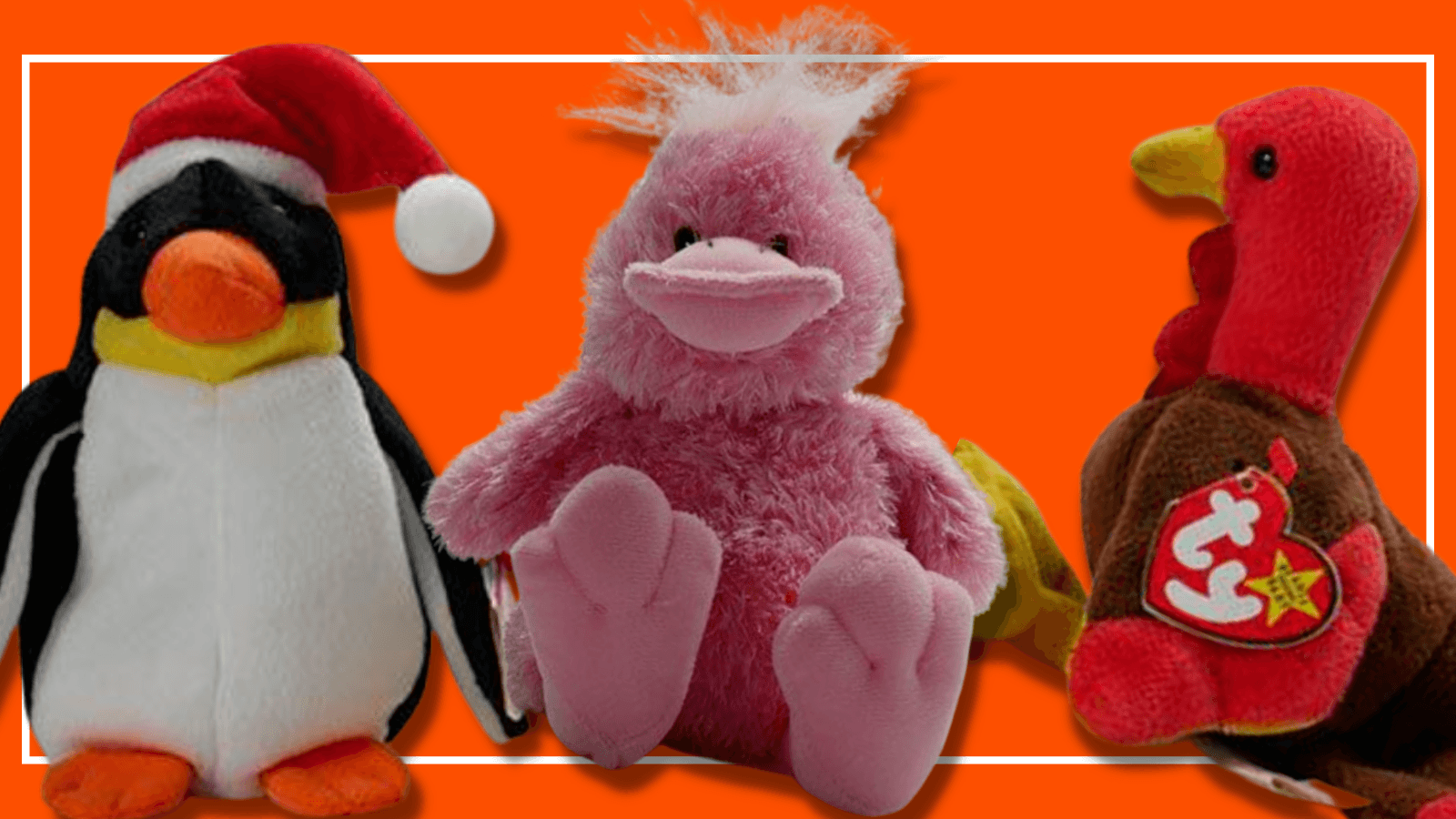
Beanie Babies turn 30: Browne Pop Culture Library's collection documents the toy craze's rise and fall
A collection of cuddly toys at the library gives scholars the opportunity to trace the carefully engineered fad amid early '90s consumerism
The fourth floor of the Jerome Library on the Bowling Green State University campus is home to the most comprehensive scholarly archive of Americana on the planet. Superheroes and villains live there, tragedies and triumphs come to life and movie stars and television personalities share the spotlight, while mysteries and fantasies entertain and intrigue.
It is all housed in the Browne Popular Culture Library, which was founded in 1969. This is where visitors can find a Vulcan harp played by Star Trek's stoic and erudite Mr. Spock, more than 100 original oil paintings that were produced as covers for Harlequin novels, plus eight videos of the “Dorf” series starring Ohio native, BGSU alumnus and Emmy Award-winning actor Tim Conway.
Nestled among this extensive array of treasures and memorabilia is an assortment of stuffed toys that once captured the attention of collectors and investors worldwide – Beanie Babies. This year marks the 30th anniversary since they were introduced.
What is a Beanie Baby?
The Beanie Babies phenomenon started with the introduction of this line of unique stuffed animals at the 1993 World Toy Fair. The naturally slumping characters first included Splash the Whale, Spot the Dog, Chocolate the Moose and Squealer the Pig. Filled with PVC pellets instead of beans, the Beanie Babies secured a place in the hearts and collections of many children and adults.
They also have a home in the vast cache that the staff at the Browne Popular Culture Library maintains for curricular and research use. Dr. Nancy Down, head librarian, said assembling all of the more than 800 different styles of Beanie Babies would be impractical, given the space needed to house the University's already seemingly endless pop culture compilation.
“Pop culture can include so many things, so some of our collections are designed to be smaller 'sampler' collections,” she said. “We wanted a representation of Beanie Babies, and we think the 20 or so that we have do that well. Since we are an academic institution, our role is different from a museum, where you might see a whole large display of one particular item.”
Down said the Beanie Babies collection came to the library via the same route as most of the other pop culture items – through a donation. Matthew Wilson gave the University his collection, which includes one of the original 1993 series, Patti the Platypus, as well as six Beanie Babies released as part of a McDonald's promotion, plus Goat from the 2000 Zodiac line, two toys from the Alphabet Beanies group and several sizes of holiday-themed Beanie Babies.
“Part of popular culture is people collecting things, why they collected things and what it meant to them,” Down said. “It makes more sense to show a sampling of what Beanie Babies are than to try and have them all.”
The library also has handbooks, magazines and catalogs devoted to Beanie Babies collecting and estimates of their value.

Beanie Babies' cultural significance
“Having this collection allows students to come in and look back at the Beanie Babies craze and study it,” she said. “There is a whole story there to look at like how the company created this concept that these are going to be rare, so people decided to keep them in the original box and then sell them sometimes.”
Down said Ty Inc., the company behind Beanie Babies, produced a fad by limited releases and planned retirements of certain toys.
“Popular culture is about advertising and marketing and it shows you a lot about how things are,” she said. “It was the height of consumerism. They created this artificial phenomenon around Beanie Babies and then the bubble burst. A lot of people ended up with these big collections that were not nearly as valuable as they had hoped they would be.”
Down said the study of popular culture allows you to look back and thoroughly examine a phenomenon such as Beanie Babies, trace its origin and see why it succeeded or failed.
“It is hard to predict what will capture people's imagination,” she said, “but Beanie Babies certainly did.”
Related Stories
Media Contact | Michael Bratton | mbratto@bgsu.edu | 419-372-6349
Updated: 02/21/2023 09:28AM
